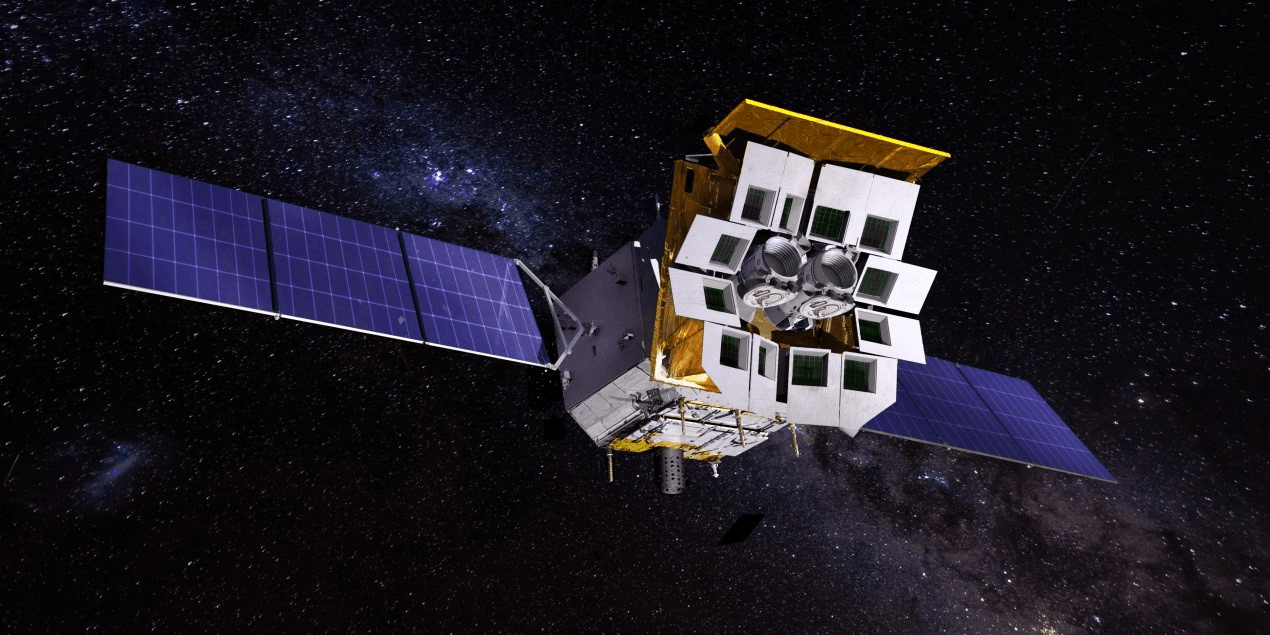 Highlights
Highlights
MORE >
 EP Observation
EP Observation
Source Name:AT2019qiz
RA :71.6578
DEC:-10.2263
FXT a/b Mode:ff/ff
FXT a/b Filter: THIN/THIN
 Notice
Notice
MORE >
Notice_#17_EFT241224A-0AB0_20241225:Discovery of a New X-ray Source by EP-FXT
2025-01-02Notice_#16_EFT241123-0ABA_20241123:Discovery of a New X-ray Source by EP-FXT
2024-11-25Notice_#15_EFT241122-0AB1_20241122:Discovery of a New X-ray Source by EP-FXT
2024-11-25Notice_#14_EFT241115A-0A10_20241117:Discovery of a New X-ray Source by EP-FXT
2024-11-18
 News
News
MORE >
-
11-27
2025 -
多颗卫星刷新宇宙认知!中科院空间科学先导专项发布新成果
-
04-08
2025 -
在致密星并合产生的伽马射线暴中发现磁星存在的直接证据






